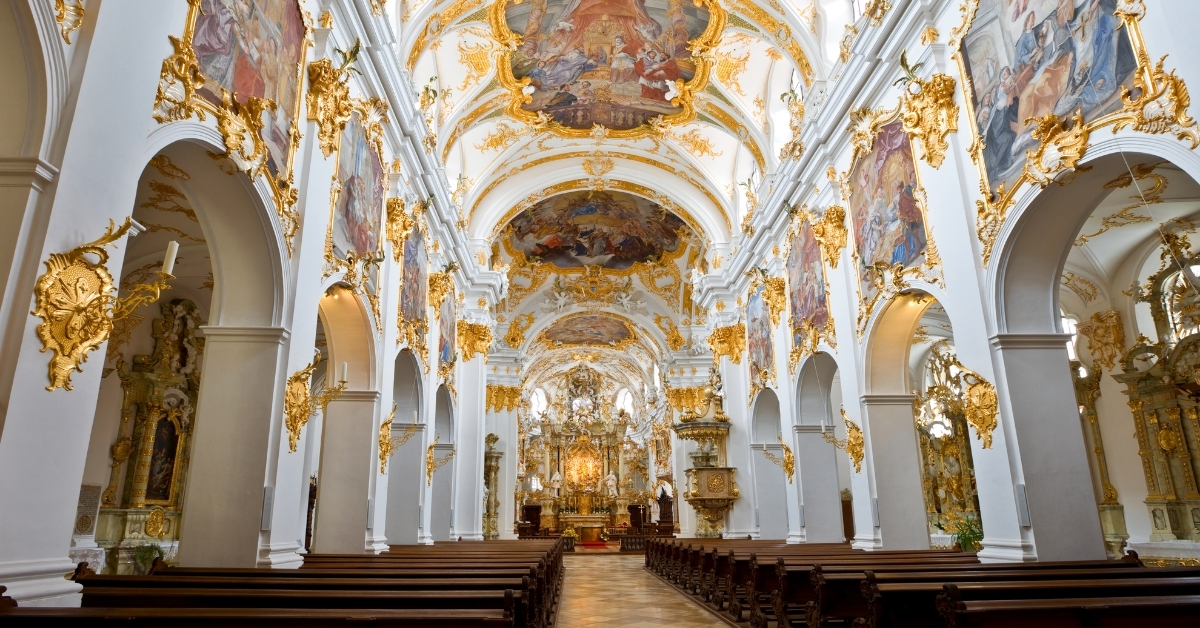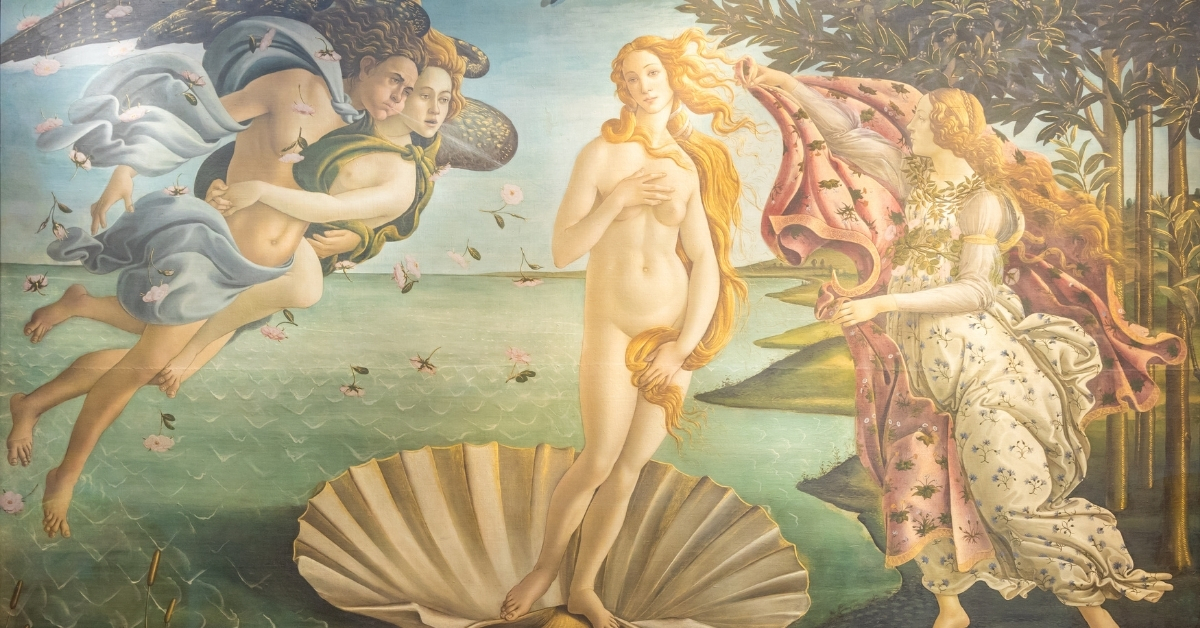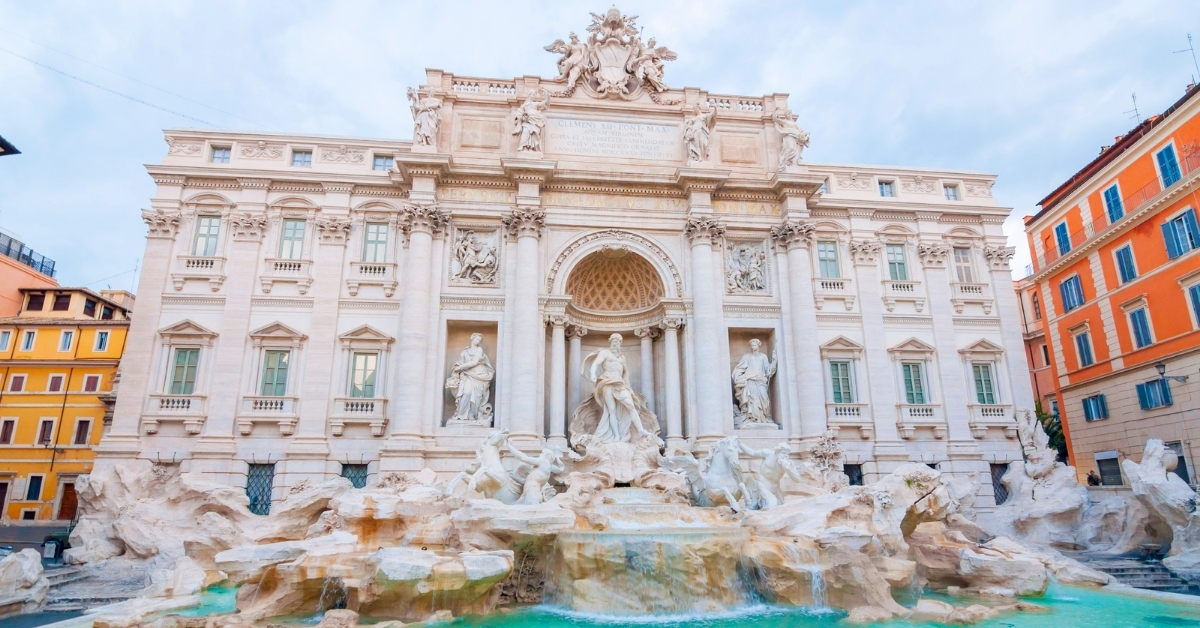Italy, often referred to as the cradle of the Renaissance, holds an unrivaled position in the world of art. Its cities and countryside are dotted with masterpieces that span centuries, telling tales of innovation, religious devotion, and the unyielding quest for beauty. From Michelangelo’s divine sculptures to Da Vinci’s profound paintings, Italy offers a visual feast for the art enthusiast.
This blog aims to guide you through the top 11 must-see pieces of art scattered across this historic nation, each piece a testament to Italy’s rich artistic heritage and its enduring influence on the world. Whether you’re an avid art lover or simply an admirer of beautiful creations, prepare to be captivated by Italian art’s depth, diversity, and brilliance.
1. The Sistine Chapel (Vatican City)
The Sistine Chapel, nestled within the heart of Vatican City, stands as one of the most revered treasures of the Renaissance. Commissioned by Pope Julius II and completed in the early 16th century, it is most famous for Michelangelo’s ceiling painted between 1508 and 1512.
This monumental masterpiece, covering over 5,000 square feet, showcases scenes from the Book of Genesis, including the iconic “Creation of Adam.” The chapel is also home to Michelangelo’s “The Last Judgment,” a striking fresco that covers the altar wall. The Sistine Chapel continues to attract millions of visitors, drawn by the allure of its unparalleled artistic achievements.

2. The Last Supper by Leonardo (Santa Maria delle Grazie in Milan)
Leonardo da Vinci’s “The Last Supper,” housed in the convent of Santa Maria delle Grazie in Milan, represents one of the most influential artworks of the Renaissance. Completed in 1498, this mural captures the emotional intensity and drama of the moment Jesus announces one of his disciples will betray him.
Da Vinci’s mastery in conveying human emotion and his use of perspective deeply influence the viewer’s experience. Though centuries of decay and restoration efforts have altered its original appearance, “The Last Supper” remains a profound testament to Leonardo’s genius and a pivotal piece of art history that continues to fascinate art lovers worldwide.

3. Transfiguration by Raphael (Vatican Museum, Vatican City)
The “Transfiguration” by Raphael, housed in the Vatican Museum, is considered one of the greatest Renaissance paintings, completed by the artist shortly before he died in 1520. This large-scale artwork stands as a brilliant display of Raphael’s skill in composition and his mastery of color and form.
It depicts the biblical story of Jesus transfiguring on a mountaintop, surrounded by prophets and apostles. The lower portion of the painting shows the apostles’ unsuccessful attempt to heal a possessed boy, highlighting the contrast between human suffering and divine glory. Raphael’s “Transfiguration” is a profound exploration of faith, showcasing his unparalleled ability to convey complex theological ideas through art.

4. East Doors by Ghiberti (Baptistery of St. John, Florence)
The East Doors of the Baptistery of St. John in Florence, also known as the “Gates of Paradise,” are a monumental work of the Early Renaissance created by Lorenzo Ghiberti. Spanning over 21 years, from 1425 to 1446, Ghiberti and his workshop meticulously crafted these bronze doors, imbuing them with scenes from the Old Testament across ten panels.
Renowned for their intricate detail and innovative use of perspective, these doors marked a significant departure from the medieval style, influencing the direction of Italian art. Michelangelo himself was so impressed by their beauty and technical mastery that he dubbed them the “Gates of Paradise.”

5. David by Michelangelo (Galleria dell’Accademia, Florence)
Michelangelo’s David, housed in the Galleria dell’Accademia in Florence, stands as a masterpiece of Renaissance sculpture. Carved from a single block of marble between 1501 and 1504, this stunning statue represents the biblical hero David, poised for battle against Goliath. Unlike previous depictions, Michelangelo’s David is captured before the fight, embodying a mix of concentrated calm and muscular tension.
Standing over 14 feet tall, the statue exemplifies Michelangelo’s skill in depicting the beauty of the human form and his understanding of human anatomy and proportion. David is not just a symbol of Florence’s strength but also a lasting testament to Michelangelo’s genius.

6. Birth of Venus by Botticelli (Uffizi in Florence)
Sandro Botticelli’s “Birth of Venus,” residing in the Uffizi Gallery in Florence, is an iconic masterpiece of the Early Renaissance that continues to enchant viewers with its ethereal beauty and elegance. Painted in the mid-1480s, this exquisite work depicts Venus, the Roman goddess of love and beauty, emerging from the sea on a shell, symbolizing the birth of beauty and spiritual purity.
Botticelli’s use of flowing lines and vibrant colors creates a sense of weightlessness and divine grace. The detailed background and the figures’ expressive poses highlight Botticelli’s ability to blend classical mythology with the artistic innovation of the Renaissance, making “Birth of Venus” a timeless symbol of beauty and love.

7. School of Athens by Raphael (“Raphael Rooms” in Vatican Museum, Vatican City)
Raphael’s “School of Athens,” housed in the Vatican Museum, is a defining masterpiece of the High Renaissance, epitomizing the spirit of the period. Completed in 1511, this fresco decorates the Stanza della Segnatura and showcases an assembly of ancient Greek philosophers and scientists. Central figures, Plato and Aristotle, embody the philosophical divergence of ideals versus empirical evidence.
Surrounding them, luminaries like Socrates, Pythagoras, and Euclid engage in thoughtful discourse, symbolizing the amalgamation of knowledge from various disciplines. Raphael’s inclusion of himself among these giants of thought underlines the fusion of art, philosophy, and science, marking a pinnacle of Renaissance humanism.

8. Life of St. Francis fresco cycle (Basilica of St. Francis, Assisi)
The Life of St. Francis fresco cycle, adorning the walls of the Basilica of St. Francis in Assisi, is a triumph of medieval art, offering a vivid narrative of the saint’s life and work. Created primarily by Giotto and his workshop in the early 14th century, these frescoes broke new ground in the portrayal of emotional depth and humanist principles.
A series of scenes, that encapsulate key moments of St. Francis’s life, from his renunciation of worldly goods to his receipt of the stigmata. The cycle reflects the growing emphasis on individualism and the human experience, hallmarks of the nascent Renaissance.

9. Laocoön Group (Vatican Museum, Vatican City)
The Laocoön Group, ensconced within the Vatican Museum, is a paramount example of ancient Hellenistic sculpture that dramatically portrays the Trojan priest Laocoön and his sons ensnared by sea serpents. Dating back to the 1st century BCE, this masterpiece embodies the tumult of human suffering and the exquisite detail characteristic of the period.
The intensity of emotion and the dynamic forms of the figures encapsulate the tragic fate that befalls those who attempt to oppose the gods, according to myth. Discovered in 1506, the Laocoön Group has since been a profound influence on Renaissance and subsequent artists, mesmerizing viewers with its raw emotional power and intricate craftsmanship.

10. Michelangelo’s Pieta (St. Peter’s Basilica, Vatican City)
Michelangelo’s Pietà, housed in St. Peter’s Basilica, Vatican City, is an exquisite Renaissance sculpture that captures the sorrow of the Virgin Mary cradling the lifeless body of Jesus. Created between 1498 and 1499 when Michelangelo was in his early twenties, this work is remarkable for its emotional depth and technical prowess.
The sculpture is renowned for its detailed depiction of the human form and the tender yet profound expression of grief and love. It is Michelangelo’s only piece that he signed, making the Pietà not only a testament to his artistic genius but also a deeply personal work that continues to move viewers centuries later.

11. The Trevi Fountain (Rome)
The Trevi Fountain, located in the heart of Rome, is one of the most stunning examples of Baroque art and a true architectural marvel. Completed in 1762 by Nicola Salvi, this grandiose fountain stands as a testament to Rome’s historical association with water, depicting
Oceanus, the god of all water, majestically emerges from its center. Visitors are captivated by the fountain’s dramatic sculptures, intricate carvings, and the sheer scale of its facade, which occupies the entire side of the Palazzo Poli. The Trevi Fountain is not only a masterpiece of art and history but also embraces the tradition of tossing coins to ensure a return to Rome.

In conclusion
This curated collection of Italy’s top 11 must-see artworks embodies the unparalleled richness of Italian culture and its monumental contribution to the world of art. Each piece, ranging from the captivating frescoes of the Sistine Chapel to the architectural splendor of the Trevi Fountain, tells a story that is not only historical but deeply human.




